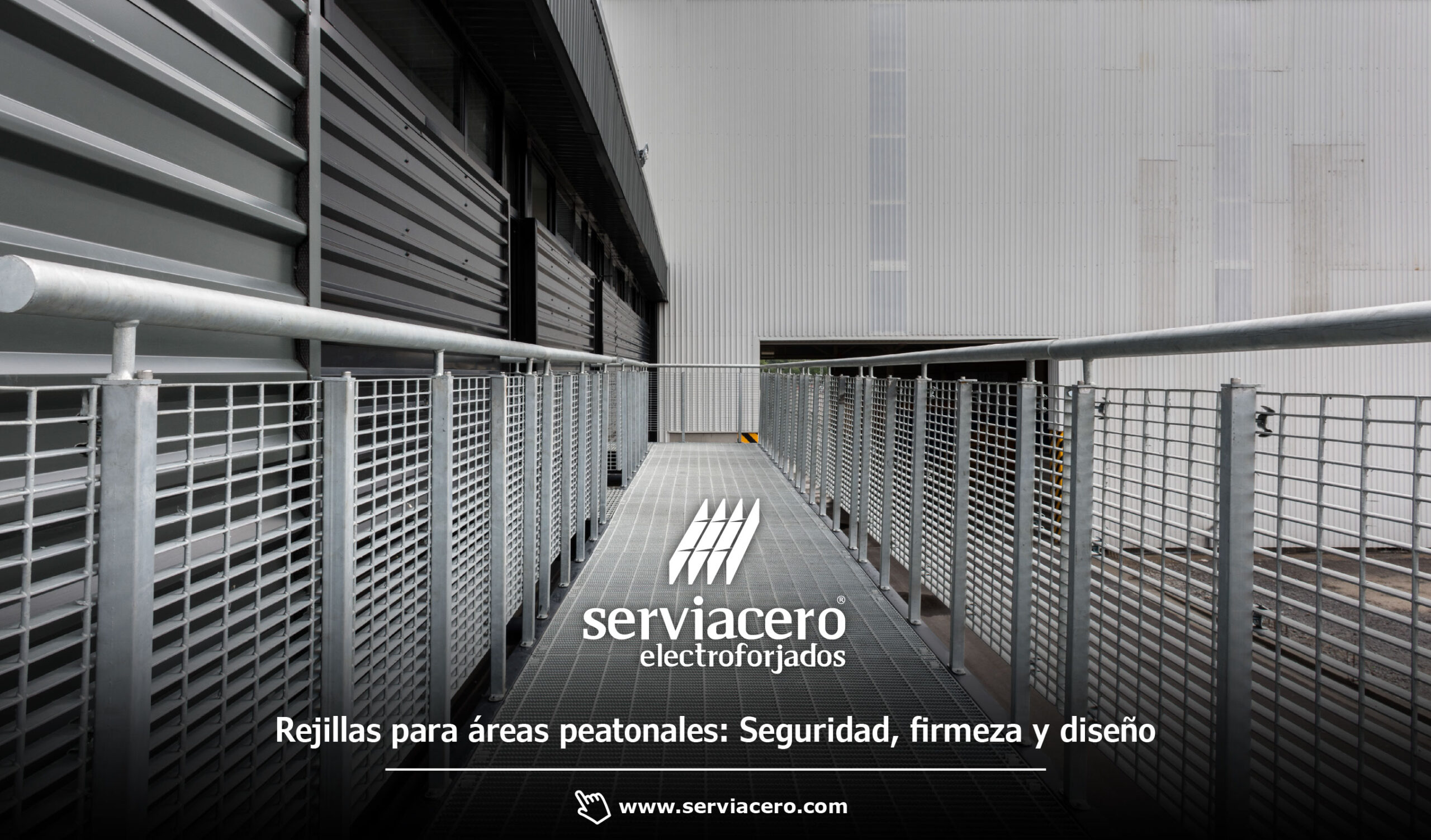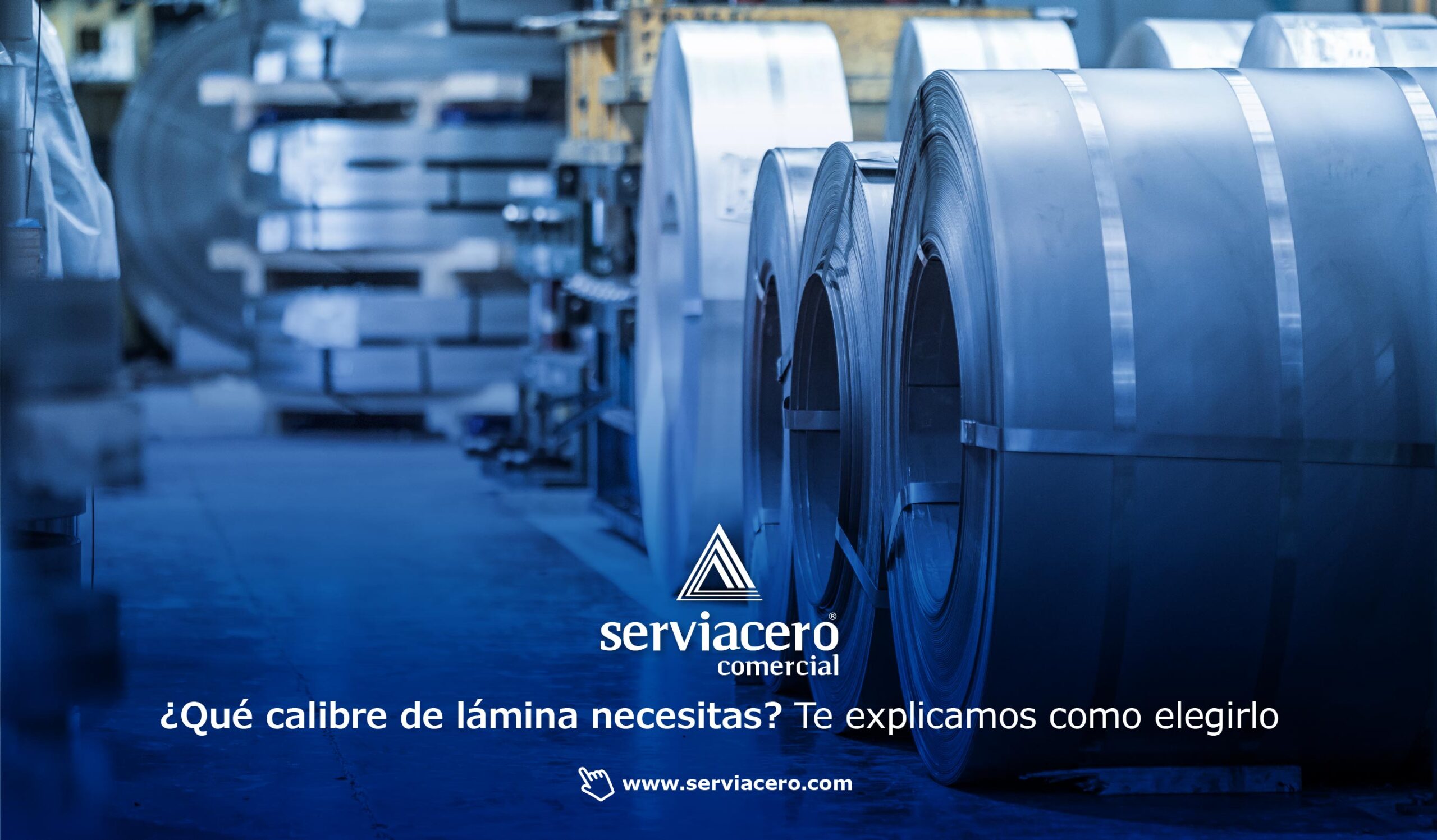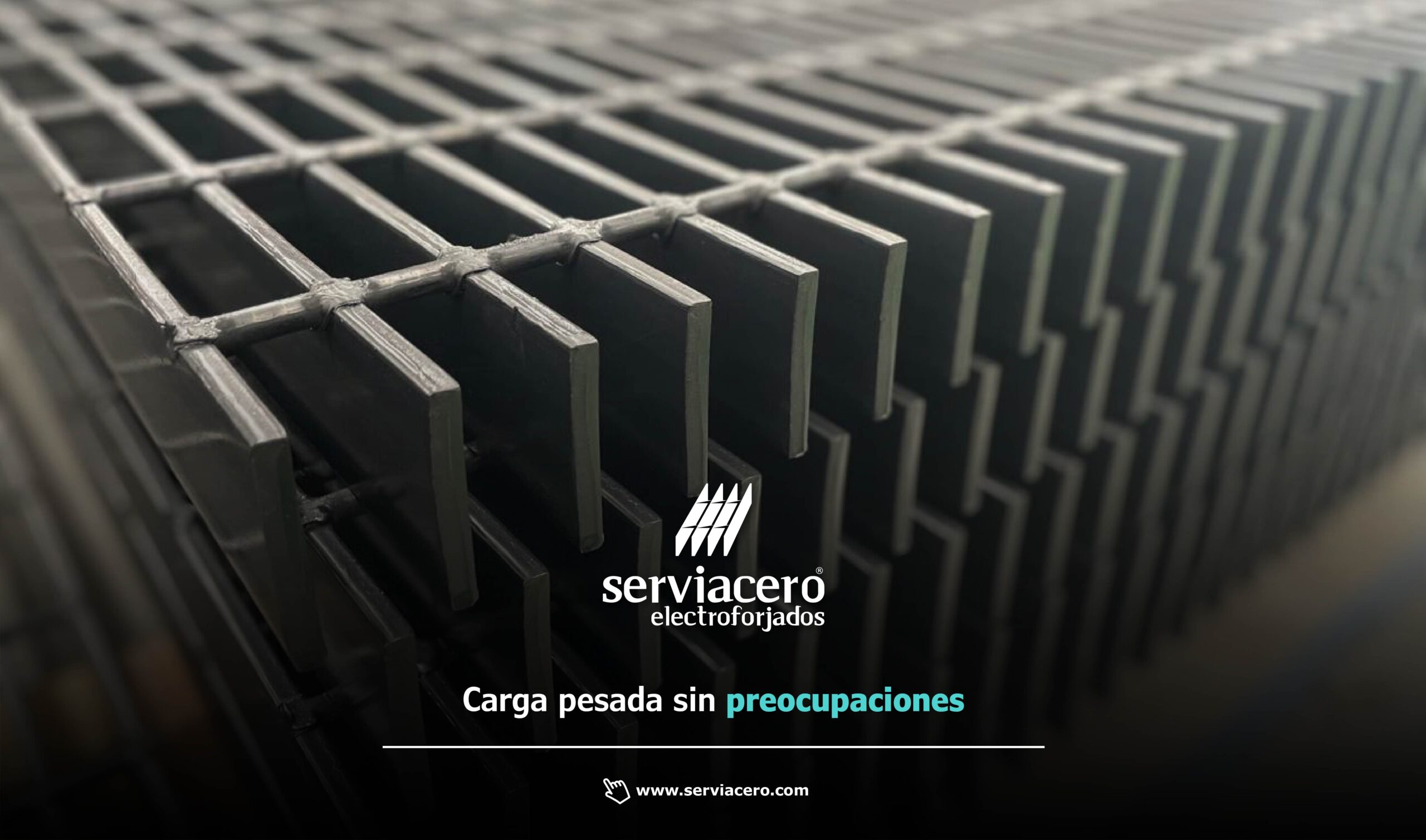Plásticos de Ingeniería: Tecnología y Asesoría
Plásticos de Ingeniería. En un mercado donde la precisión y la calidad son claves para destacar, contar con un proveedor que no solo te venda materiales, sino que te asesore con
Rejillas para áreas peatonales: Seguridad, firmeza y diseño
La versatilidad de las rejillas electroforjadas son muy buena característica ya que hay muchos proyectos en mente que queremos que destaquen y un gran plus sería utilizar la reji
¿Cuándo utilizar aceros baja aleación grado maquinaria?
En el mundo de la manufactura avanzada, la elección del material correcto es tan estratégica como el diseño mismo. Cuando hablamos de materiales que soportan esfuerzos mecánico
Beneficios del mantenimiento preventivo a tus racks
En las distintas industrias, la eficiencia, la seguridad y la continuidad son muy importantes para el éxito. Por eso, el mantenimiento preventivo es una estrategia esencial. En es
¿Qué calibre de lámina necesitas? Te explicamos cómo elegirlo
Lo primero que se debe de considerar a la hora de elegir el calibre de lámina correcto, es analizar el uso que se le dará. Los espesores de las láminas van por número,
Beneficios del acero estructural en la construcción
En la familia de materiales de acero estructural, hay varios tipos. Los más destacados son la Viga IPR, la Viga IPS y el Canal U. Estos materiales aportan grandes benefici
La Solución Más Confiable para el Tráfico pesado
La rejilla electroforjada de Tráfico Pesado se caracteriza principal es su dureza y viabilidad, ya que su uso para soportar cargas pesadas o tráfico de vehículos de manera conti
¿Qué es el acero inoxidable y por qué es resistente a la corrosión?
El acero inoxidable es un material esencial en sectores como la industria alimentaria, médica, química y arquitectónica. Su popularidad no solo se debe a su apariencia, sino a s


















